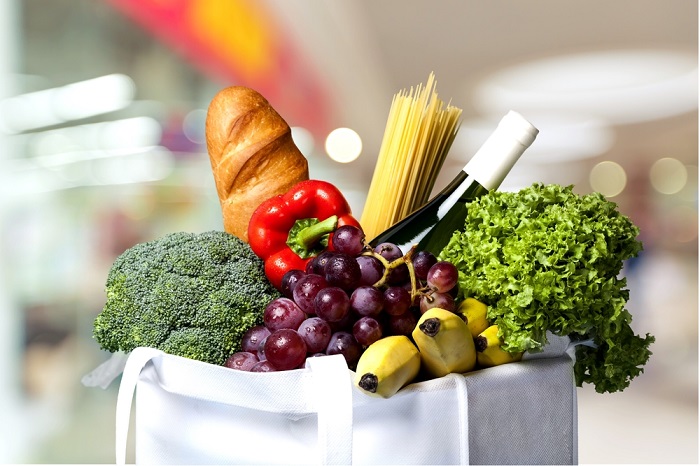
A few years ago, it was unthinkable that customers could have household items delivered in as little as one or two days for no extra charge — let alone within a few hours for a slight fee. But are consumers prepared for two of the largest names in retail and high-tech services today to jump headlong into the grocery delivery scene?
That’s what Google has done, announcing Wednesday (Feb. 17) that it launched a pilot program to enhance its Express grocery delivery platform with a new ingredient: fresh, perishable food items. The program will be limited to neighborhoods in Los Angeles and San Francisco, but if Google can navigate both cityscapes fast enough not to spoil the milk, it’s as close to a forgone conclusion as Google gets to admitting that it plans to expand the program across the country — a reverse technological Manifest Destiny.
While Google is just testing the waters of grocery delivery, its once-and-future chief rival, Amazon, has already established its on-demand fresh food network in the Emerald City, as well as throughout L.A., the Bay Area and Manhattan. While physical reach might be the first challenge in exposing more first-time customers to, and hooking them on, the convenience of the service, Amazon’s real leg-up against the upstart Google might be its experience in managing costs.
Fortune has the story of Amazon’s latest effort to edge a few more nickels and dimes off its monthly logistics bill. In a memo released on the down-low to drivers signed up to work for Amazon Flex, the retailer’s on-demand delivery service for nonperishable household items, the company announced its plans to start bleeding some of its standard package delivery duties over to this previously segregated cohort of drivers. Drivers who spoke to Fortune under condition of anonymity explained that they would soon be tasked with driving to fulfillment centers to pick up individual packages that may slow down regular delivery trucks, though the workers would still be treated legally as contractors and not official Amazon employees.
How much does Amazon stand to save from this seemingly minor switch? Rob Howard, CEO of Bay Area logistics supplier Grand Junction, told Fortune that the figure could be in the billions since the on-demand drivers will most likely be used for deliveries to rural locations only serviced by regional cargo carriers that charge upwards of 35 percent fees based on the total shipping cost.
“This is a huge competitive advantage for Amazon,” Howard said. “It’s not a death sentence yet for local carriers, but it’s a new path.”
Is it a death sentence for Google’s nascent grocery delivery operation? Very few things could serve as deathblows to companies with resources like Google and Amazon, but if new customers are comparing the two services, they won’t give Google any pity points because it’s new to all this and still figuring out how to get its deliveries where they need to be as fast as they need to go.
To offset its relative inexperience, Google seems to be baking in some financial cushion, just in case things go sour. Retail Business Review reported that Google is increasing the minimum dollar amount for orders placed through Express from the previous $15 to the new $35. This is on top of a yearly $95 membership fee and a $3 charge per order — or $5 per order for nonmembers. If this sounds steep, it’s the more affordable of the plans; the startup price for an Amazon Fresh membership can be nothing with one of the 90-day trials that Amazon is so fond of, but after that, the annual $299 fee kicks in and only orders above $35 get free shipping.
Amazon didn’t hint at any new expansion plans for its Fresh program, but now that two industry giants have announced their intentions to go after the fresh grocery delivery market, it might make sense for the average consumer to sit back and wait for each retailer to rough each other up for a bit and learn how to offer better, cheaper and faster service.